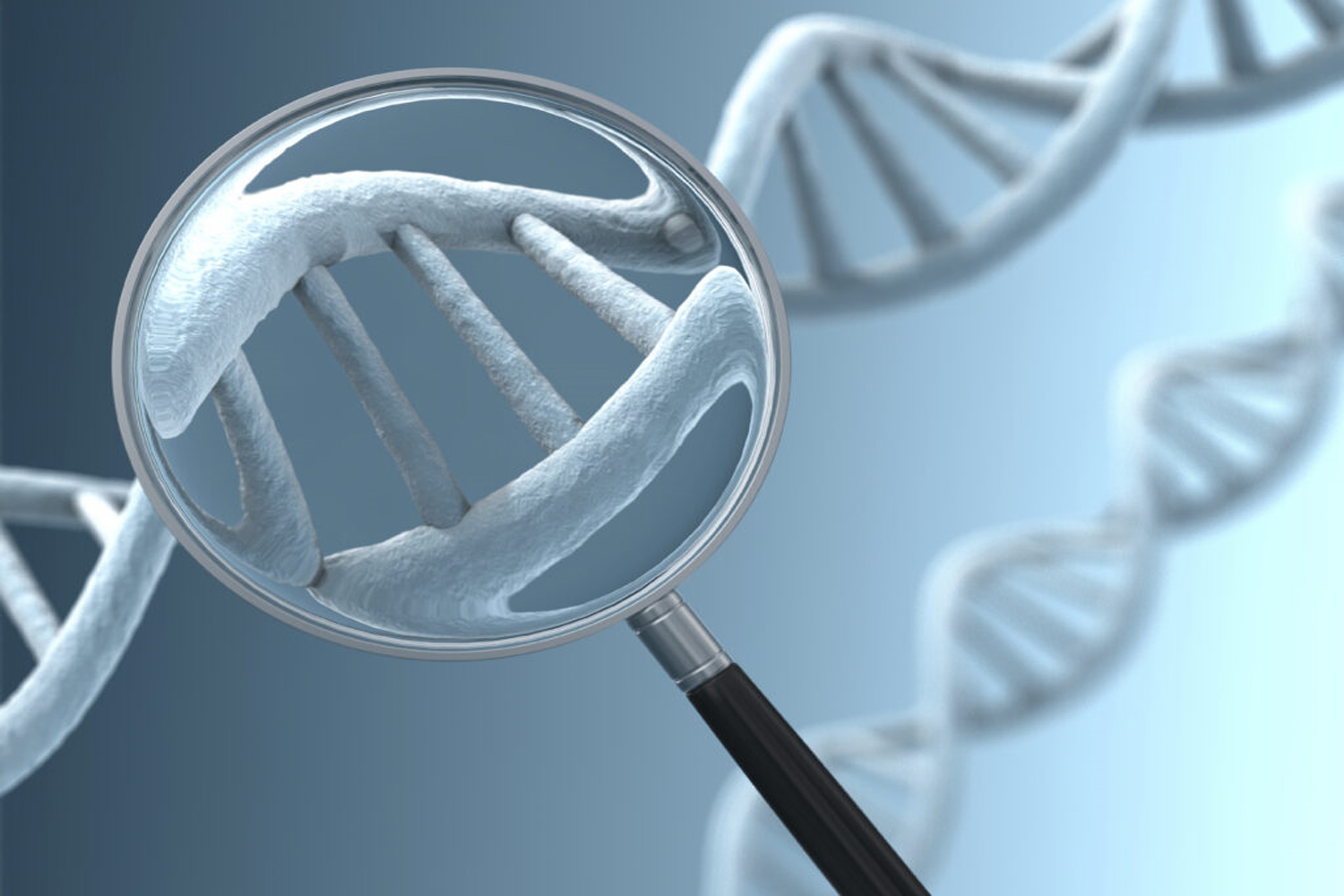
We can do preimplantation genetic screening to achieve healthy pregnancy in couples who have failed IVF attempts, have had recurrent miscarriages, or have a known genetic disease and have this disease.
Although we do not know exactly, genetic reasons may play a role in the failure of the embryo to implant to the uterine endometrium. Embryos with a genetic defect, which we call aneuploidy, cannot implant. Here is a solution for couples who have tried in vitro fertilization several times but have not been able to achieve pregnancy, to transfer the genetically screened healthy embryos increase the chance of pregnancy.
Another example is the mother or father having a known genetic condition such as translocation carrier. If this is the case, it can lead to recurrent miscarriages or abnormal baby formation. In this case, we first determine the karyotype in the blood to clarify the genetic disease in which the mother or father is the carrier. After naming the problem, we take our patient to IVF.
After collecting the eggs and creating the embryos, we do not do the embryo transfer. We draw a cell from each of the embryos before the transfer and examine the genetic structure of that embryo. We freeze embryos until results are available. Pulling a cell from a developing embryo does not usually have a negative effect on embryo development. The experience of the embryologist performing the procedure is very important. After the results are out, we do not transfer embryos with genetic problems, we thaw and transfer healthy embryos. With this treatment, we reduce the risk of miscarriage from 85-90% in a couple with a translocation carrier to 5%, and significantly increase the chance of giving birth to a healthy baby.
Another example is thalassemia carrier. There is no problem in the daily life of people with this disease, which is common in the Mediterranean region. When the carrier woman and the carrier man get married, the risk of having the disease in their children is 25%. Thalassemia disease may not show symptoms in the womb. However, after the birth of the child, it progresses with many problems such as severe anemia, developmental failure, need for recurrent blood transfusion, and liver failure. In such couples, we first perform a genetic analysis in the blood and detect the genetic error region that causes thalassemia. Then we take these couples for in vitro fertilization and genetically analyze the embryos as I explained above. We transfer healthy embryos without blood disease.
Prof. Dr. Yavuz ŞİMŞEK
